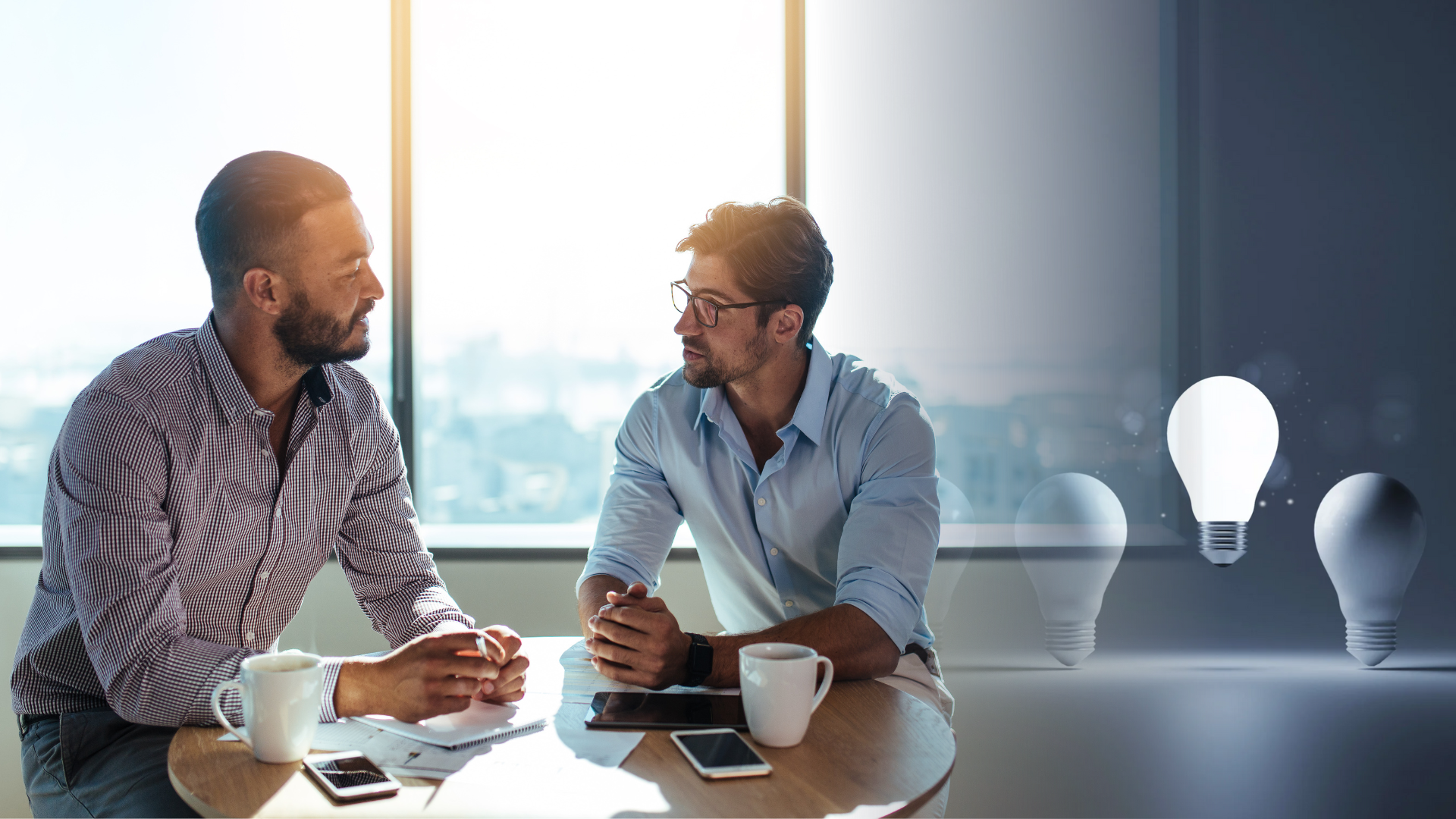Alan Herrity | September 2, 2022

By Alan Herrity | September 2, 2022 | Recruitment
The recruitment sector has been faced with many challenges over the past few years, and none of us can shy away from the effect that the skills crisis has had on our landscape. Change has been a constant, and how to manage these changes pre and post start date to attract, develop and retain the best talent should be on everyone’s minds.
Ensuring that you attract the best talent is all about adapting your recruitment process, support, and preparing for a great employee experience.
How long is your recruitment process? Ask yourself this question and consider any unnecessary aspects of your set-up. Candidates will be attracted to a company that offers speedy feedback, smooth interview practices, and crucial support throughout each stage of their recruitment to your company.
Secondly, ensure that your talent teams have the best tool kits at hand for following candidates through the recruitment process – consider ATS and use it to your advantage. Whilst making the recruitment process easier for your talent teams, also help out candidates by reflecting on your background check processes. Working with you and your company should not be so challenging that many great talents are falling at the first hurdle, i.e., a long and painstaking background process. Ensuring that you are clear with everyone involved that you are ready to take on new talent, without destroying their goodwill before the interview process even truly begins, will benefit everybody involved.
The culture that your company promotes should envelope your new employees from the get-go. Picture this: extensive time and effort put into the recruitment process, an excited newly acquired talent awaiting their first day, and an almighty disappointment of day one – with a lack of technology assets supplied, and no dedicated team to uplift all workers into your company’s community. People like to feel like they are an individual, and also part of a bigger picture, and one of the best ways to demonstrate to your employees how dedicated you are to them is to make your onboarding process seamless.
The best working models bring people together, with a common purpose and inclusive check points. Knowing and understanding your workforce, individually and as a community. Each decision and step taken, from the starting date of your workers, should emulate your company values and goals for your business. Connecting and learning from those who have led remote teams is incredibly valuable, and the core strengths demonstrated by each of them are collaboration, connectedness, and communicating success team wide.
A word on collaboration – have a look at Anchor days, and whether they might work well for your organisation. Encouraging everyone to come in on the same set days will maintain a sense of connection and working towards a bigger picture amongst your workforce and can help mitigate the risks of proximity bias.
Being conscious about the risk of proximity bias and potential limitations on career development is another essential consideration for the future of work. Do not forget about supporting employees who are working remotely, though this could be done easily and subconsciously. Many people will be blinded by their exposure to confident and readily available workers, and this can cause both quieter or more remotely based employees to be overlooked. Creating a mechanism to measure the performance of all workers, showcasing each talent, can also reduce the risk of limiting the career development of valuable, but remote, employees.
Ultimately, the landscape of the working world is facing great change, and the organisations that will prosper are those that have leaders willing to face new challenges, and can appreciate the exciting prospects that these transitions may offer…
Find out more, email Alan










